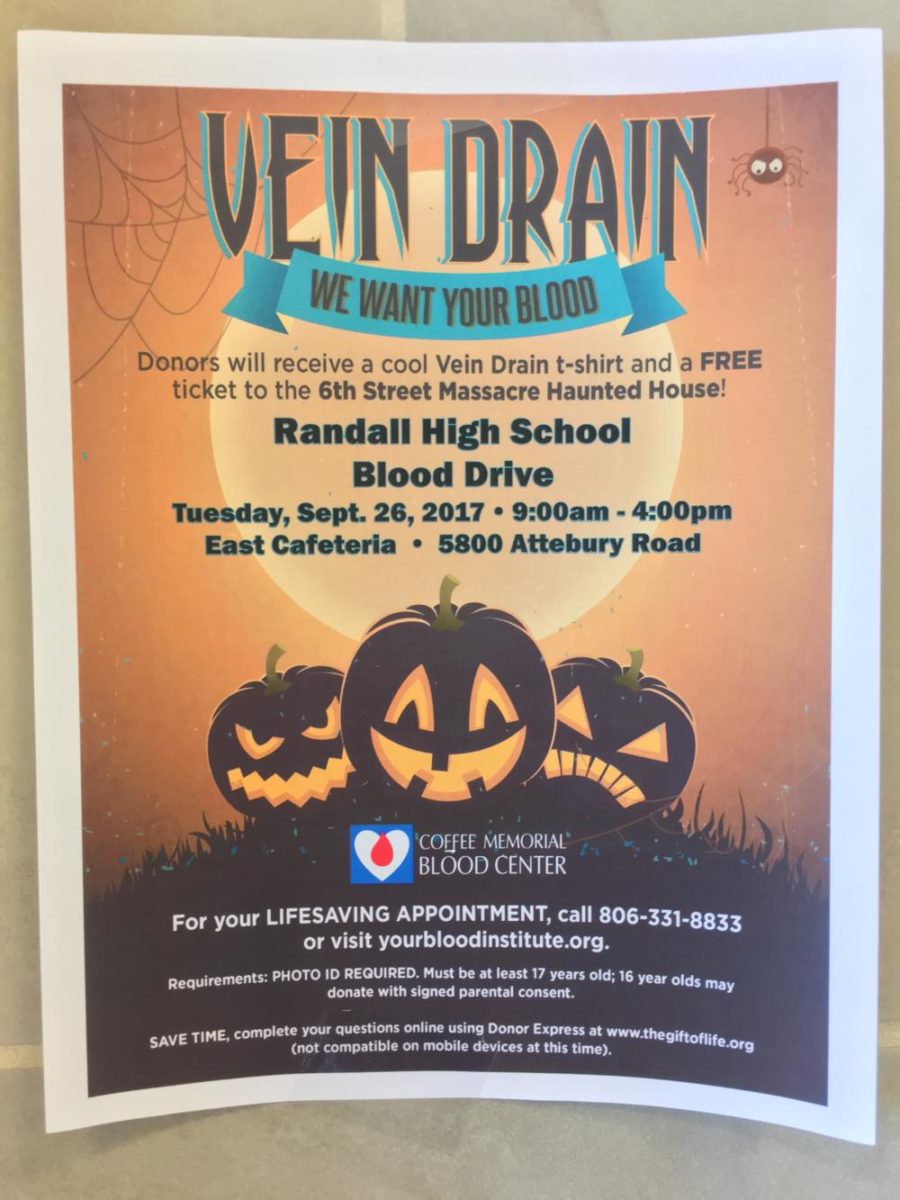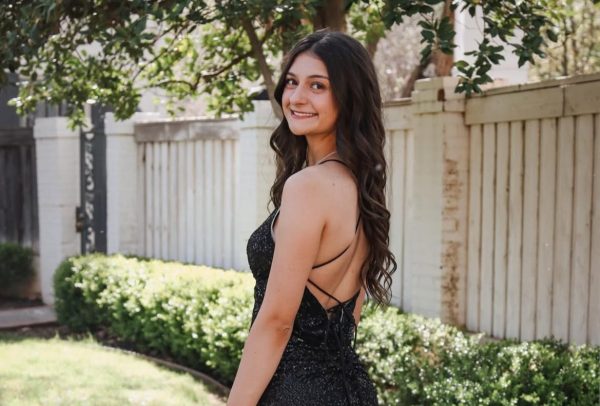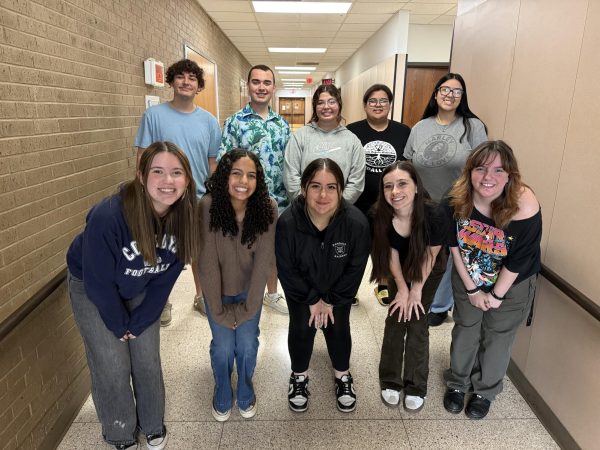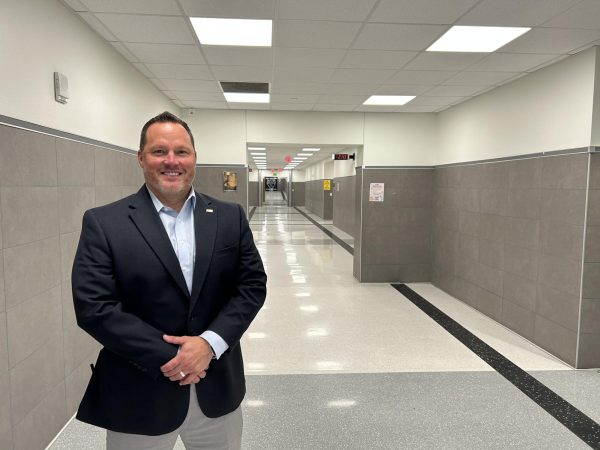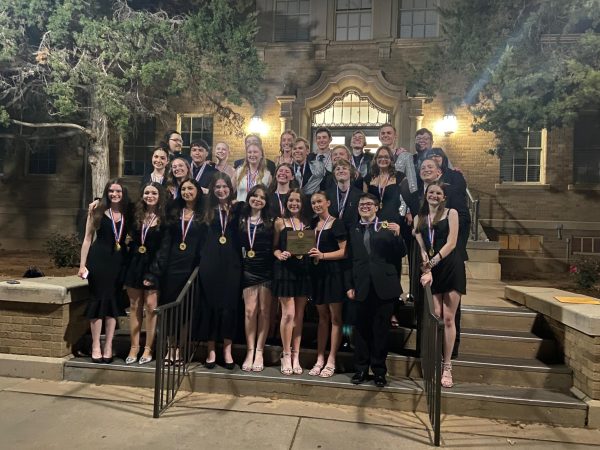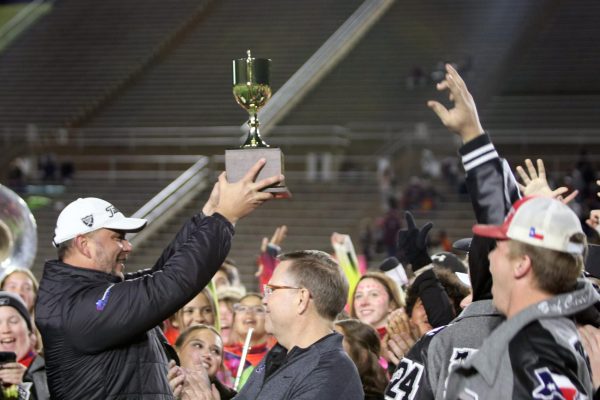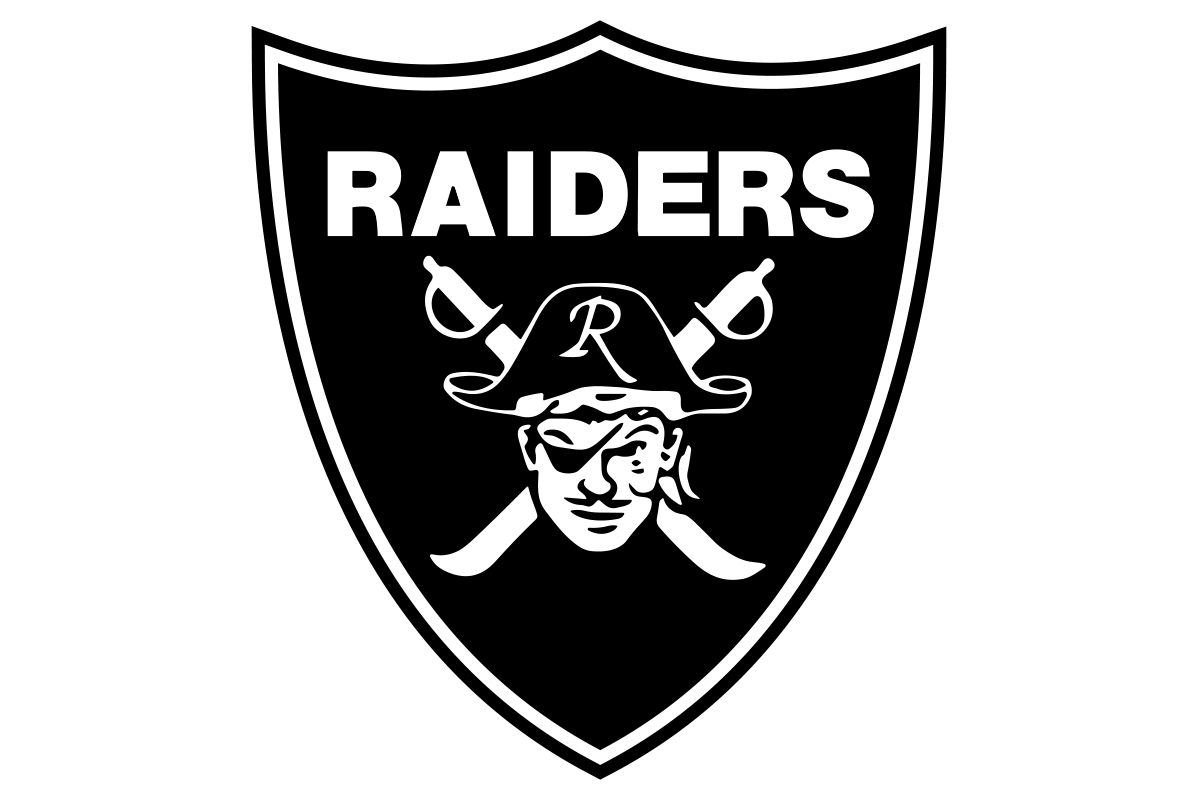Saving Lives a Pint at a Time: Key Club hosts fall Blood Drive
Students hoard the east cafeteria with their sleeves rolled up and their veins sticking out. A distinct smell of metal fills the room as blood seeps out of their veins and into a clear bag. Soon, the clear bag will claim its home in the Coffee Memorial Blood Center, and students will return to class. This is the annual blood drive hosted by Key club.
According to the Red Cross, blood is needed by individuals every two seconds. The blood that is donated in events such as the Randall blood drive are used to help emergency victims and patients who suffer from blood diseases. In order to donate blood, an individual must be at least 17 years of age, or 16 with parent permission, and maintain a minimum weight of 125 pounds. Once a student reaches the age of 18, the weight requirement drops to 110 pounds. The Coffee Memorial Blood center works alongside Key club to host the blood drive event every fall.
“Our goal was 46 units and we collected 53 with 17 deferrals for a total of 70 registered,” Key Club sponsor Cassi Unger said. “The amazing part is that we had 44 first time donors.”
Senior Student Council Vice President Harrison Granger donated blood for the first time at the blood drive.
“I feel that donating is helpful to the community,” Granger said. “If someone in the community is hurt I would like to help them in any way I can, and donating blood may be one way to help.”
According to the Coffee Memorial Blood bank, 28,000 units of blood are needed every year in the community. By encouraging younger donors to volunteer, more blood can be donated to the community since certain medical problems can restrict volunteers from donating as they age. Coffee Memorial Blood Bank promotes that one hour of an individual’s time can be the reason someone lives.
“I will likely donate in the future just to do my part in helping out anyone who may need it,” Granger said. “I would definitely encourage others to donate as well.”
The Coffee Memorial Blood Banks hosts blood drives for multiple locations in the area such Highland Park, Hillside Christian Church, and West Texas A&M University. According to Granger, the overall process is “not as bad” as he expected. The only problem he experienced is feeling light-headed afterwards.
“First you have to answer around 60 questions and then they do a couple of test on you to make sure that you are able to donate,” Granger said. “Then you are taken to a chair and prepped then have a needle shoved into one of your veins on your arm, you must then squeeze a ball to keep blood flowing into your arm and into the tube to the bag. They take around a pint, then allow you to rest for a few minutes and leave. The best part was just relaxing after because I was so nervous. The worst part was when the needle was put into my arm because it was a tad painful.”
According to senior Joseph Sharpee who is familiar with the overall process due to his multiple donations, the only complication he ever experienced is when the nurse missed his vein at the previous blood drive and he felt nauseous. Sharpee said he did not experience any complications with this donation.
“The overall process is simple,” Sharpee said. “The only part I dislike is having to sit around afterwards waiting to be cleared to leave, but it allows me to see how first time donors react, which can be funny sometimes.”
Granger said he would encourage other students to donate, and he plans to continue actively donating blood after he graduates in order to help others.
“I believe this is the easiest way to help your community,” Sharpee said. “By donating blood, you’re saving someone’s life.”
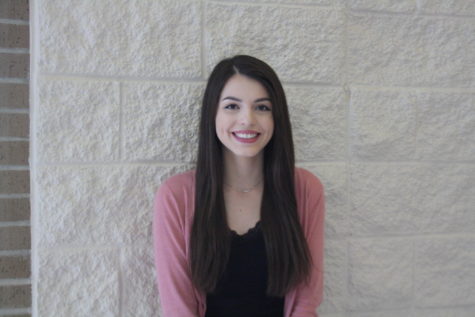
I'm Natasa, and I am a senior at Randall. I was first introduced to Journalism freshman year, where I instantly fell in love with writing articles. This...



